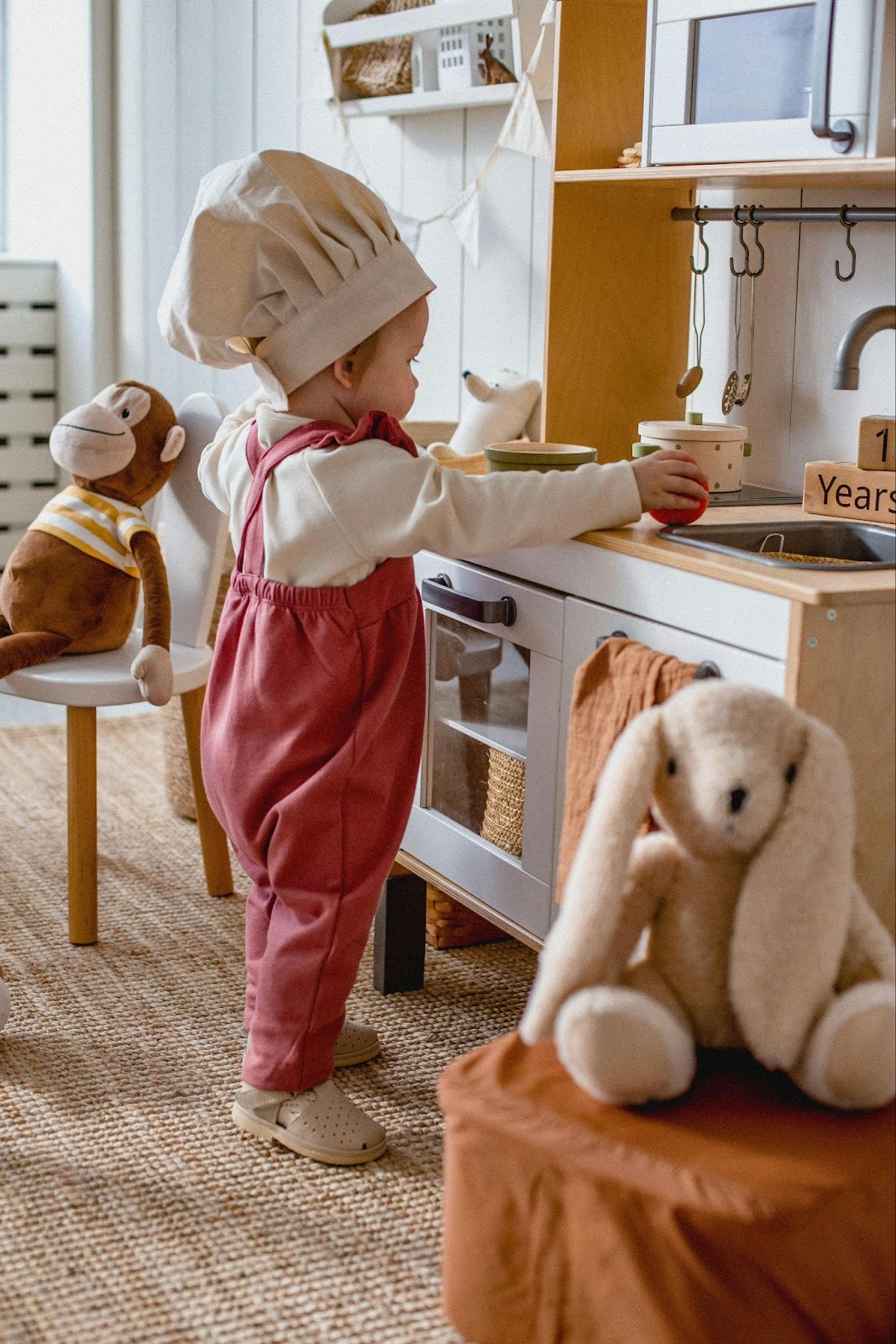No parent dreams of having a child or children with language delays. We all hope to have ‘perfect’ babies. But whoever said kids with language delays are imperfect? They aren’t in the least.
Sometimes, language delays are like speed bumps on the road, you wish they weren’t there in the first place, but with time and good driving, you can navigate them seamlessly.
Language delays.
If you have a child showing a form of language delay or another, have you tried teaching such a child baby sign language? I’ll show you in this article the advantages of teaching that unique child with language delay baby sign language and also take you through the journey of teaching such a child baby sign language. Buckle your belt
Why Baby Sign Language is Good For Children with Language Delays–Three Important Reasons!
You Overcome The Worst Fear
For the parents especially, the thought that their children will not be able to express how they feel and what is going through their minds will no longer be a problem because despite whatever language delay the child has, they can communicate through baby sign language which sufficiently helps them express themselves (their thoughts as well as their pains and joys).
Confidence is Gained
Agreed, your child with a language delay might see this setback as an excuse not to relate with people outside the family circle. The good thing is that if the parents and caregivers of these children make them aware through baby sign language and ASL lessons that sign language is just as good and useful as any spoken language, that child will grow courage as time goes on to communicate with the means they are comfortable with and not care what others think.
There is Cognitive Improvement
Using baby sign language for children with language delays can be the key to helping your child overcome such delay because your child might only need a brain stimulant different from other children to progress “linguistically”.
What if your child is having a language delay as a result of memory issues? Baby sign language helps spark kids’ memories due to the visual nature of the language. Your child’s ability to navigate hand movements successfully improves their ability to perceive what is happening in their physical space (spatial awareness). All of these put together contribute to the cognitive development of the child and as established earlier might be the key to unlocking your child’s language delay.
How To Help Your Child with a Language Delay Learn Baby Sign Language
First, BE PATIENT AND DON’T MAKE THE CHILD FEEL THERE’s SOMETHING WRONG WITH THEM
Once you’ve established that your child needs baby sign language to function better, don’t be impatient with them because they are not like their peers. Also, don’t make the child think for a minute that he or she isn’t up to standard. There’s nothing like that.
Let them know you love them. Let them see, hear, and feel your patience with them as you take them through every baby sign language lesson whether or not you notice any improvements.
Second, SEEK PROFESSIONAL HELP if possible
Don’t try to jump the guns. The first question I want to ask you is this—how did you find out that your child has a language delay? Did you diagnose the child yourself or did you take the child for a proper check? If you did the latter, then you should also seek professional help to assist you with specific advised methods (tested where necessary) that can be used to teach your child baby sign language.
For those yet to seek a professional diagnosis for their babies as regards their language acquisition conditions, I’m here to tell you to not be afraid to take that bold step. It’s more about your child’s health and growth. Don’t let your personal feelings and reservations stop you from giving your child the best care they need at different times.
Third, START AS EARLY AS YOU CAN
It’s never too early but it might be too late.
Don’t waste time. Figure out the steps you’ll want to take. The visual cues you’ll want to use, the games you’ll want to include, the people (family, friends, and professionals) that will be part of the process, their schedules and specific contributions, the cost of the journey, and go for it.
Note: some people might begin teaching their child baby sign language so early that it becomes a preventive tool rather than a curative tool.
Fourth, GO FOR THE LONG HAUL
Do you plan on teaching your child just baby sign language to take them through their baby phase? Well, if that’s your plan then I’m tempted to ask you, why?
Imagine being a parent who successfully utilizes baby sign language to help your child go through a period of language delay having such a child go beyond baby sign language to ASL, would be a double gain for the child and you.
Language delays can cause long-term self-esteem issues. One way to deal with that is going for the long haul. Teach your child ASL. Check this link to find out the benefits of ASL and be better convinced.
Last, IT SHOULD BE FUN
Your child experiencing any form of language delay doesn’t mean they don’t know what fun means. Don’t deprive them of enjoyment simply because you think there’s a condition or a sickness called language delay you want to get rid of.
Conclusion
Your child should play while learning, before learning, and after learning. Shockingly, you have a higher chance of your child accepting to learn baby sign language if you can present it in a fun way 90% of the time. Here’s some insight about the fun in sign language.
I am happy to inform you that I have so many resources on sign language that I’m sure will keep you busy with your child effectively helping you teach them baby sign language. You can find these resources here.
Thumbnail Photo Credit to: Photo by Ivan Samkov




